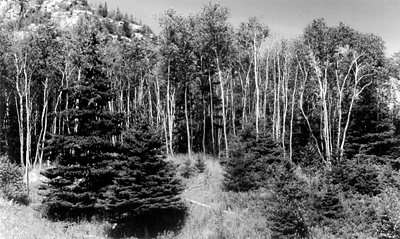All Nonfiction
- Bullying
- Books
- Academic
- Author Interviews
- Celebrity interviews
- College Articles
- College Essays
- Educator of the Year
- Heroes
- Interviews
- Memoir
- Personal Experience
- Sports
- Travel & Culture
All Opinions
- Bullying
- Current Events / Politics
- Discrimination
- Drugs / Alcohol / Smoking
- Entertainment / Celebrities
- Environment
- Love / Relationships
- Movies / Music / TV
- Pop Culture / Trends
- School / College
- Social Issues / Civics
- Spirituality / Religion
- Sports / Hobbies
All Hot Topics
- Bullying
- Community Service
- Environment
- Health
- Letters to the Editor
- Pride & Prejudice
- What Matters
- Back
Summer Guide
- Program Links
- Program Reviews
- Back
College Guide
- College Links
- College Reviews
- College Essays
- College Articles
- Back
Creepy Clowns: What You Don't Know
Coulrophobia. This fear develops most of the time during childhood, it is prevalent among adult population too, a big number of adults would deny it. Maybe even you are Coulrophobic, and you don't even know it. Coulrophobia, by definition, is “an abnormal fear of clowns.” Ask anyone about their opinion on clowns, and the most common answer is bound to be “I don't like them.”
According to this BBC NEWS article on a survey of 250 children between the ages of four and sixteen, a child psychologist declared that, “Very few children like clowns. They are unfamiliar and come from a different era. They don’t look funny, they just look odd.” This leaves us wondering, why are we afraid of clowns? They’re not meant to be scary or unsettling. If anything, clowns are meant to be the embodiment of fun and happiness, right? Well, not exactly. This thought proposes the question: When did this jolly, kid-friendly character turn “bad”? Why are clowns most commonly known as scary, and when did this happen? Maybe, in reality, clowns have always been bad.
Many people believe that creepy clowns started with the killer clown craze in 2016 where pranksters would dress as killer clowns and scare citizens across the nation. The history of clowns, and more specifically CREEPY clowns, goes way back. According to Benjamin Radford, author of Bad Clowns, the trickster is one of the oldest and prevalent stems of the clown. Clowns are a type of trickster that have been around for a long time—one of the most recognizable, though, is the comical harlequin. The harlequin a figure who emerged in Italian theatre in the 16th century. In the 18th century, the harlequin inspired a clownish puppet named “Punch,” who appeared in British shows. The character “Punch” would later be written into a popular puppet show called “Punch and Judy,” in which Punch cracked jokes, and did sinister things like beat his wife and murder his child; this is where the creepy clown concept begins to form. Because of shows like “Punch and Judy”, it is the strange mix of humor, color and horror that weirdly draws us to clowns. Continuing to the 19th century, Charles Dickens’ novel The Pickwick Papers (1836) featured an alcoholic clown, followed by a French play and an Italian opera that featured murderous clowns. In the US, “bad” clowns were introduced when the silent film He Who Gets Slapped featured a mean and spiteful clown. An honorable mention, though, is when the clown-like villain The Joker debuted in Batman comics.
Rounding the 1950’s and 60’s in the US, there was something different about clowns: they were shown as always happy. This is where there was a turning point, where clowns were made to out to be cheerful characters, and the fear-factor altogether was erased for a moment in time. As the 70’s and 80’s came around, the clown image shifted-- like it always does for some reason-- to horror. In Cook County, Illinois, A man by the name of John Wayne Gacy sexually assaulted, tortured and murdered between the years of 1972 and 1978. Coincidentally, Gacy, while not professionally, had a clown character named “Pogo the Clown” that he would use for charitable events such as fundraising events, parades, and childrens parties. It is said that he used his clown character to lure in children. Once in jail, Gacy drew self-portraits of himself as “Pogo”, thus solidifying the term, “Killer Clown” in the media. To make things worse for clowns, he told investigating officers before his arrest, “You know… clowns can get away with murder.” Further driving the point in the ground, the novel IT, by Stephen King, about a scary, killer clown who lurks around the suburbs and murders children. With these coming to light, “Killer Clown” was a well known, well driven topic within the public.
Kids are not exposed in that kind of safe fun context as much as they used to be and the images in the media--the negative images--are still there. The vicious cycle of clown fear is created, more scary images erases the good images of good clowns, and more fear is created. Now we’re up to date with the modern scary clown. 2016, and sightings of killer clowns are popping up not only around the nation, but around the world.

Similar Articles
JOIN THE DISCUSSION
This article has 0 comments.

I'm a 16-year-old junior at Republic High School. Just wanted to write a piece on something not many people would think to write about.